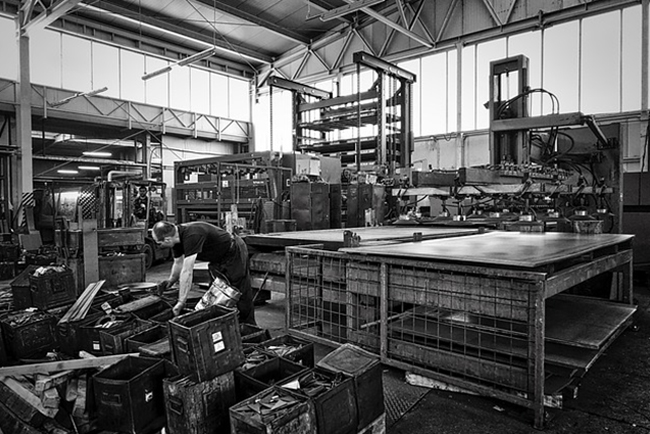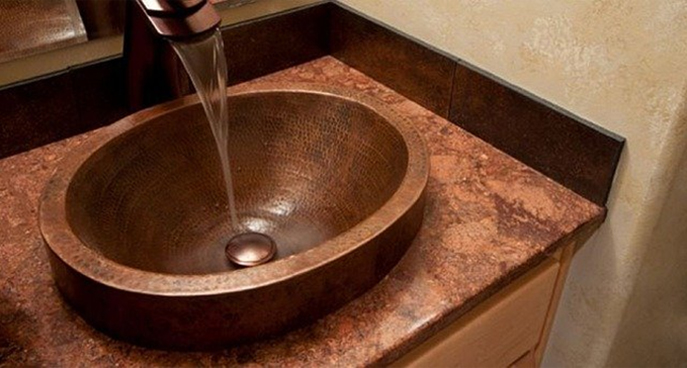Statistics show that North America consumes around 2 million tons of copper each year. About 42 percent of that goes to brass mills. That’s almost 1 million tons of brass distributed across the U.S. and Canada annually for a wide variety of applications. Do you have an idea where all of that brass goes?
Most people are unaware of these statistics because they only encounter brass as finished products and not raw. In most cases, they can’t even identify brass from the different metals they come across. Let’s face it; metal production and processing aren’t common knowledge.
However, it pays to know a thing or two about brass. For instance, knowing the brass’s composition and properties allows you to identify the practical applications it is are suitable for. After all, using the wrong metal in any project may pose some risks. In this article, you will learn the basic properties of brass, a shortlist of things made out of brass, and the best place to purchase brass sheets, bars, and other supplies.
Basic Properties of Brass
Understanding the properties of brass is key to identifying ordinary objects made of brass. To understand brass’s properties more quickly, let’s learn about its composition first. Brass is an alloy of copper and zinc. Basic brass consists of about 67 percent copper and 33 percent zinc. You can modify this ratio to produce various brasses, each with a unique set of physical properties. Now, here are the properties you will find in all types of brasses.
-
Malleability
Copper is one of the easiest to work among all industrial metals. You can coldwork it into plates or sheets of different shapes and thicknesses. Brass maintains much of this property even if it contains other metals. Lead is added to the alloy if there’s a need to reduce its malleability.
-
Conductivity
Brass is an effective conductor of heat and electricity. It can transfer high voltage of electricity without overheating. This property makes it perfect for applications that involve heat and electricity.
-
Corrosion Resistance
Brass is also known for its high corrosion resistance. It can withstand oxidation not just from regular moisture but also from substances that are several times more corrosive. Some brasses are used as sheathing for ocean vessels because those metals do not corrode in saltwater, which is ten times more corrosive than tap water.
-
Fatigue Resistance
Most metals tend to weaken from cyclic loading. This condition leads to progressive damage and, ultimately, to failure. Brass is among the handful of metals that have a high tolerance against fatigue.
Common Things Made of Brass
Although brass is widely used across a wide range of industries, it is not easily identifiable, and there’s a good reason for that. Brass is a flexible metal. Each of its over 60 different types come in a slightly different color or shade. Some look like gold, while others, silver. So, identifying things made out of brass can be tricky sometimes. Here are some objects you probably didn’t know made of brass.
-
Musical Instruments
Trumpets, horns, tubas, euphoniums, and trombones are some of the musical instruments usually made of brass. There are quite a number of them grouped into one family called brass instruments. Claims that brass produces the best sound are still debatable though other metals exhibit similar acoustic properties.
-
Vehicle Radiators
Many vehicle manufacturers prefer copper-based radiators to aluminum-based ones because they are more efficient. They cost less to manufacture, last longer, and have a lower air-side pressure drop. Brass radiators are also much easier to recycle.
-
Handles and Railings
You may not notice it, but you have quite a few items made of brass within your reach. It’s highly likely that the doorknobs and railings in your home or workplace are made partly of brass. Not only is brass elegant, but it’s also antimicrobial. It doesn’t kill microbes instantly, but you can rest assured that high-touch surfaces in your building don’t contribute to the spread of diseases.
-
Ammunition Casings
Brass is well-known for its spark-resistant, low-friction, and non-magnetic qualities, which make it the perfect material for cartridge shells. It also has a distinct gold-like shade that is characteristic of ammos. This shade does not quickly fade or get tarnished.
-
Marine Hardware
As previously mentioned, certain types of brass are used for sheathing on ship hulls because it is resistant to both saltwater corrosion and fouling. As it turns out, a plethora of marine hardware components, including pumps, engines, and some navigational tools, are made of brass, too, for the same reasons. Brass is also tough, and so it can withstand intense pressures.
-
Plumbing Fixtures
Most faucets, bidets, hose bibs, channel drains, and sinks are brass-based too. They can be copper, but that’s more expensive, and you may not like how it changes color from brown to green over time. Brass may lose its luster from constant exposure to moisture, but it can preserve its color for a long time.
-
Technical instruments
Ever wondered how the tiny components of small devices like compasses, watches, and barometers, were created? With today’s metalworking technology, the process is already easy, but its success depends heavily on the quality of the metal used. Brass boasts of high machinability, which makes it perfect for this kind of application.
If you plan to manufacture any of these objects yourself, you have to make sure that you will use high-quality brass sheets, tubes, bars, or rods. In that case, the first step you should take is to find a reputable brass supplier. In North America, your best option is companies like Rotax Metals, with many decades of experience supplying copper-based products.




